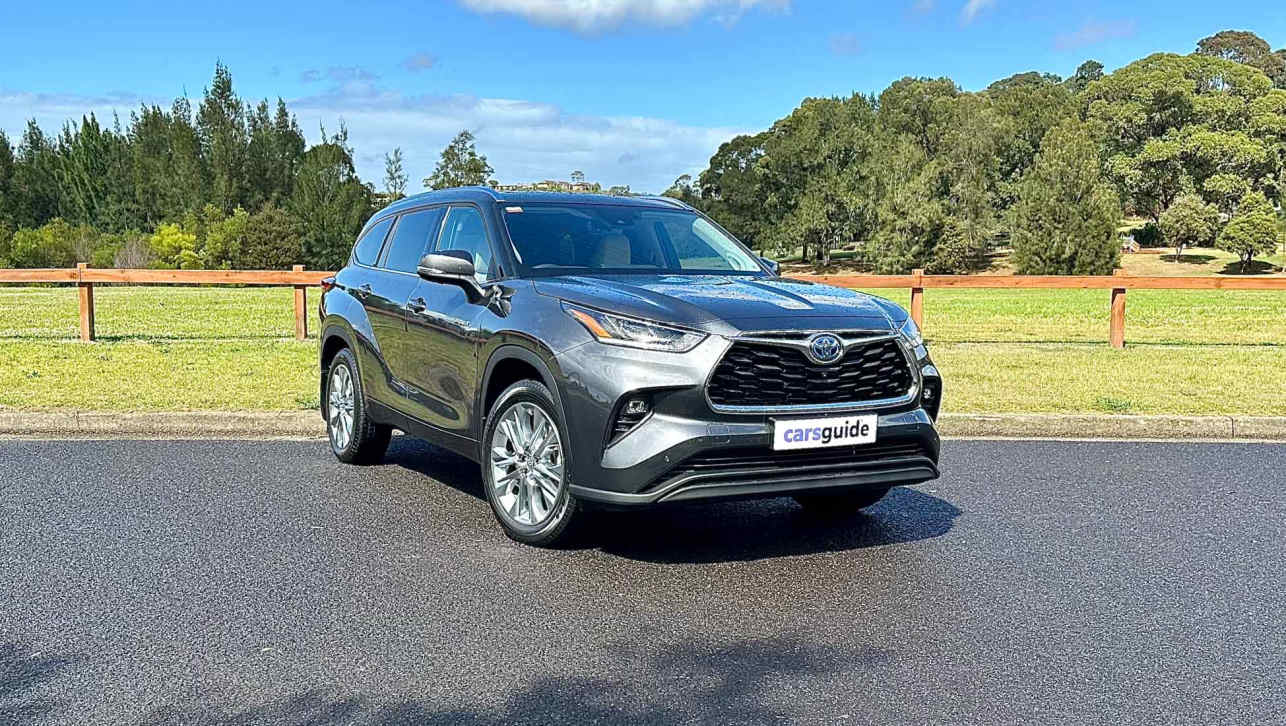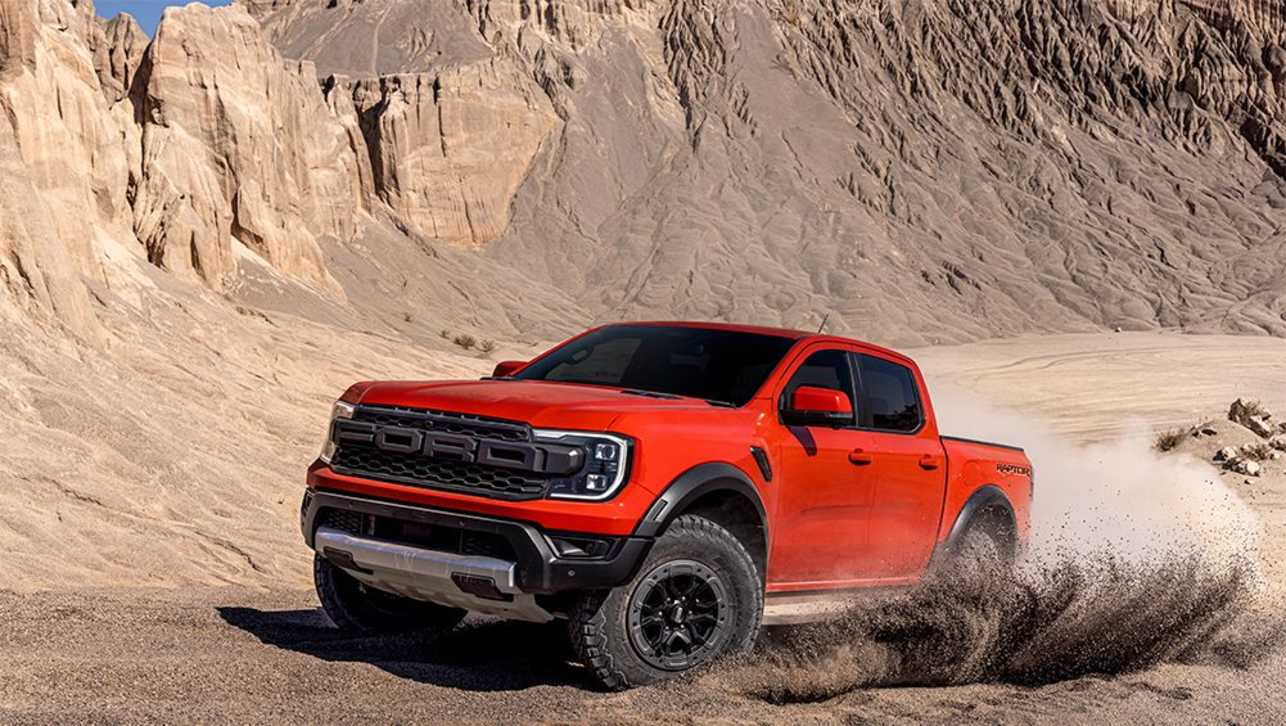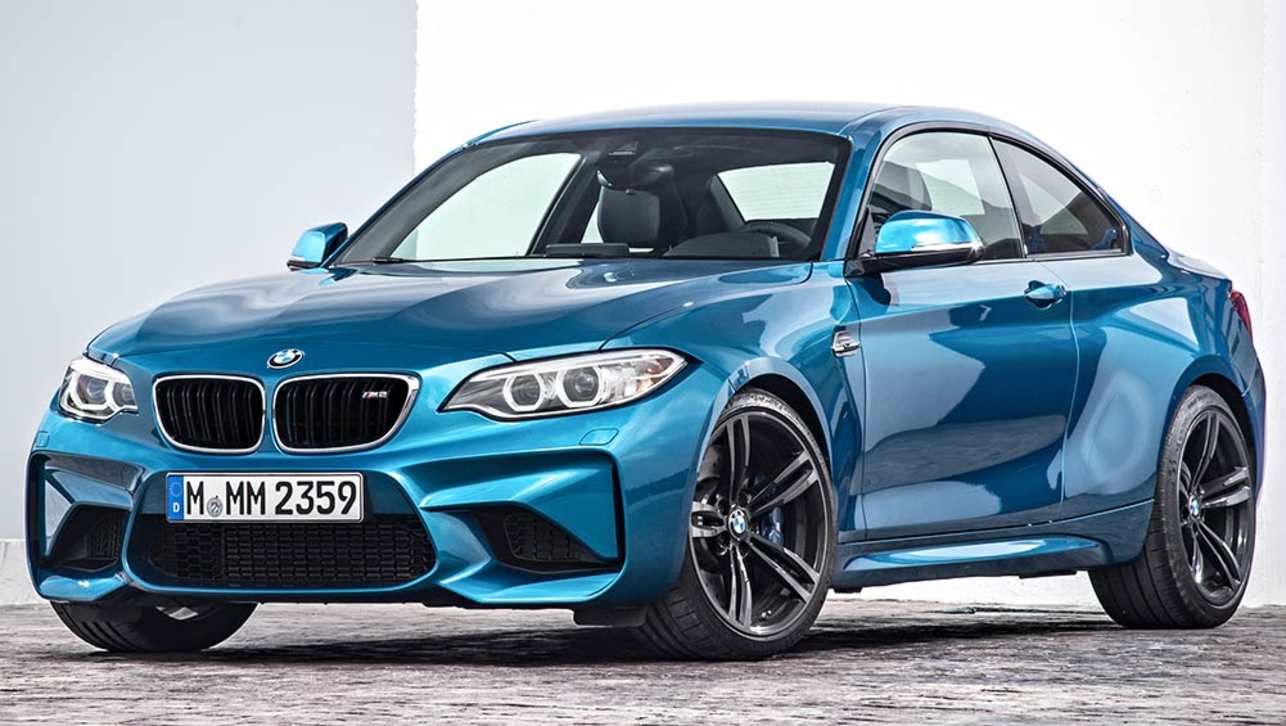Has the GT-R gone soft? The 2017 update gets more power and torque, but Nissan isn’t quoting performance figures.
Ever since the R33 GT-R V-Spec set a supercar-slaying sub-eight minute (7:59) lap of the Nordschleife circuit at the Nurburgring in 1996, one of the key success measures of a new GT-R has been how quick it could cover the infamous 20.8km track.
The demonstrably faster R34 somehow avoided the ‘Ring rite of passage despite being developed there, but the original R35 stunned the world with a 7:29.03 lap time in 2008. History suggests that Porsche was probably the most stunned, as the German brand bought their own R35 five months later and couldn’t manage anything quicker than a 7:54.
The R35’s awesome dual-clutch transmission-enabled 0-100km/h time of 3.9 seconds added a second key metric to determine the scale of Godzilla’s fury. Successive updates knocked this figure down to an astonishing 2.7s for the 2013 model.
The official Nurburgring times were whittled down to 7:26.70 in 2009, 7:24.22 in 2010 and 7:18.6 in 2012, before the balls-out 911 GT3-equivalent GT-R Nismo clocked the current best of 7:08.679 in 2013.
A sports car needs some exciting notes for driver stimulation.
After almost as many updates as its years on sale, the 2017 GT-R brings more power and torque than any non-NISMO before it, along with the most comprehensive overall refresh since 2007.
But, there’s no mention of any lap times or acceleration figures in any of Nissan’s press materials.
Visiting Australia for the 2017 GT-R’s Australian launch this week, GT-R Chief Product specialist and die-hard petrolhead Hiroshi Tamura wasn’t able to shed any light on these omissions either.
"I cannot say, we did not check," he told CarsGuide.com.au.
This could be interpreted as a veiled admission of new model being slower than before, but widespread third-party testing will no doubt set the record straight. Our own Joshua Dowling recorded a 3.3s 0-100km/h figure at the 2017 GT-R’s international launch in Belgium, some 0.6s slower than the 2013 model’s 2.7s official time.
Asked what is more important to 2017 GT-R owners than the Nurburgring and acceleration, Tamura-san highlighted one of our biggest criticisms of all R35s to date.
"[Previous R35s had] too much rough, too much harsh, not good enough."
And they were indeed quite rough-riding and noisy on all but the smoothest roads at slow speeds, with Autobot-esque mechanical noises often emanating from the complex dual-clutch transaxle beneath the rear end.
The new model brings much more comfortable suspension (in regular and Comfort modes) and improved noise, vibration and harshness (NVH), with design benchmarks like enabling conversation between occupants at 300km/h.
"In the past, the GT-R had a racy sound, but was rejected by 80 per cent [of buyers]", Tamura-san said.
The 2017 revisions deliver what Tamura-san describes as "the next premiumness", which he explains as "sophistication, but not just luxury, a solid feel."
"Now selected noises are heard, we were not aiming for silence. With sports cars, there is always a tradeoff. A sports car needs some exciting notes for [driver] stimulation."
Asked whether the GT-R needs to be more of a GT, or Grand Tourer for rapid long-distance travel, Tamura-san says GT-R "originated with GT, but with R", suggesting the GT-R isn’t about to lose its outright ‘Racer’ element of its name any time soon.







.jpg)
.jpg)
.jpg)

.jpg)
.jpg)





.jpg)
.jpg)

.jpg)
.jpg)






Comments